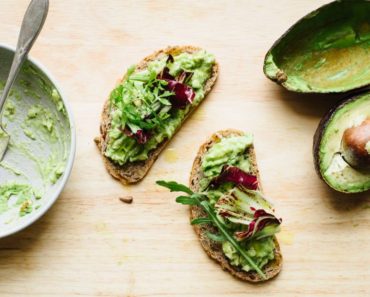
Some call it the golden spice, others simply call it essential for a proper Indian curry or a yellow mustard. But turmeric has been raging in lattes, scrambled eggs and food blogs of late — not just for its gorgeous color in Instagram pics, but also for its purported health benefits.
Turmeric has been thought to be effective for everything from improved brain function, to cancer prevention; from combatting depression and heart disease to preventing Alzheimer’s and arthritis. Others have suggested links to a possible cure for high cholesterol as well as for eczema and psoriasis. But is it really the cure-all everyone’s claiming it to be? First, let’s get to know this sunny rhizome.
WHAT IT LOOKS LIKE
Sprouting from Southeast Asia, this nubby root has been used in cooking and medicine for thousands of years. Turmeric root looks similar to ginger or tamarind on the outside, with a thin, tan skin. Break it open, though, and you’ll see the telltale color that’s the hallmark of turmeric.
A word of caution: The dyeing properties of turmeric means it’s great for coloring Easter eggs, but it can also stain hands, cutting boards, countertops and clothing. In North America, turmeric is most commonly found boiled, dried and ground into a powder. However, many health food stores and organic markets have started carrying fresh turmeric, which is a wonderful ingredient for curry and beyond.
WHAT IT’S USED IN
Surging in popularity is the golden latte; a chai-like beverage, usually served hot, with turmeric, black pepper and other spices, milk and a bit of added sweetener. Turmeric is often stirred onto pale foods, such as eggs, rice or cauliflower, to bring some sunshine to the plate. You’ll find turmeric often paired with ginger, such as in a cold-stopping turmeric-ginger chicken soup, because the big, bold flavors balance one another out. Of course, it’s classic in a coconut fish curry. And equally at home in salads and even trail mix.
READ MORE > WHAT THE HECK IS A JACKFRUIT: A LOOK INSIDE THIS FUNKY FRUIT
BUT IS IT REALLY A CURE-ALL?
While it may be delicious and versatile, is turmeric the panacea food bloggers pronounce? Well, yes and no. Turmeric contains curcumin, a powerful anti-inflammatory and antioxidant compound, but curcumin is only about 3% of turmeric’s weight. And while curcumin extracts have shown some promise in scientific studies for a number of ailments, the amount of curcumin in a food dose of turmeric is not significant enough to evoke any real change.
If it’s delicious turmeric cuisine you’re after, start with the recipes above and explore for more. But if it’s health benefits you seek, consider a more concentrated dietary supplement or extract instead. (Pro tip: Take your turmeric or curcumin with black pepper to aid in its absorption into the bloodstream.)
Turmeric is widely considered safe when consumed in food. Medicinal doses are not always recommended, especially for anyone with ulcers, gallbladder problems or GERD. Turmeric in large doses is also thought to slow blood clotting and lower blood sugar, so don’t take it before surgery, and use caution if you’re diabetic. As with any supplement, consult with your doctor before adding it to your diet.
For most of us a daily dose of the bright flavor and vibrant color of turmeric — fresh or ground — is a welcome addition to your body and a delicious addition to any meal.
The post The Truth Behind Turmeric appeared first on Under Armour.
(via MyFitnessPal Blog)






